Liriope is a versatile plant that is commonly used as a ground cover, however it can be grown indoors. It can also add a touch of greenery to any room. Liriope is a low-maintenance plant and is an ideal choice for busy individuals who prefer the benefits of indoor plants without spending a lot of time caring for houseplants. In this article, we will explore the benefits of growing Liriope as an indoor plant.
Table of Contents
Characteristics and types of Liriope plants
Liriope plants are evergreen perennials that are native to East Asia. They consist of grass-like foliage and delicate flowers that bloom in shades of purple or white. Liriope plants are typically low-growing and form clumps that can spread over time, making them an excellent choice for ground cover in a garden. There are two main types of Liriope plants: Liriope spicata and Liriope muscari. Liriope spicata, also known as creeping liriope, has narrow leaves and spreads rapidly through underground rhizomes. It is a popular choice for ground cover and erosion control. Liriope muscari, also known as big blue lilyturf, has broader leaves and is more upright in growth habit. There also also different cultivars of Liriope plants, each with their unique features.
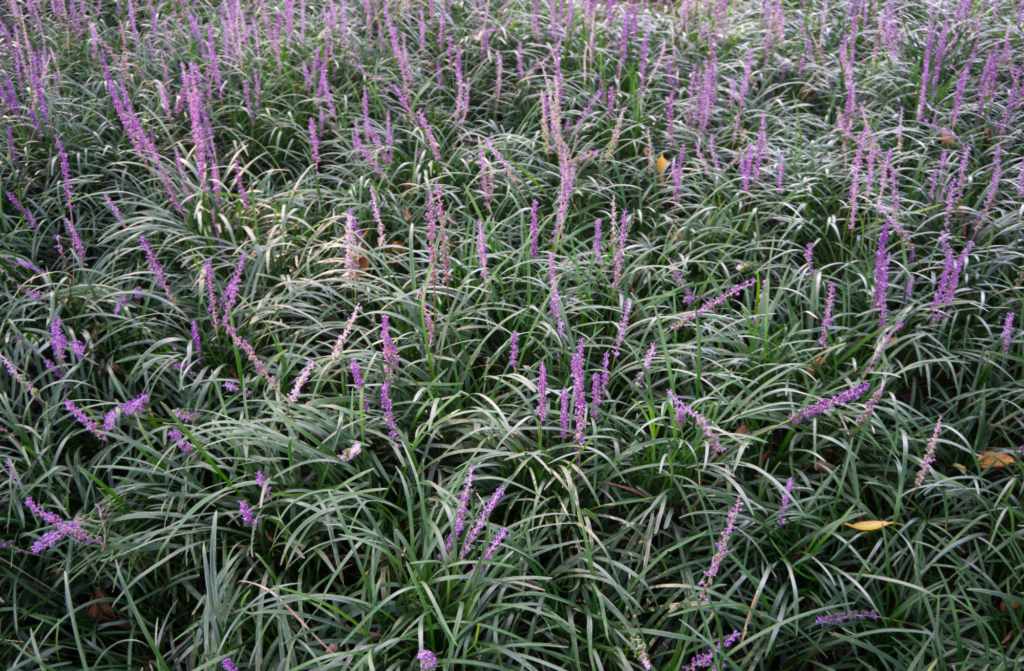
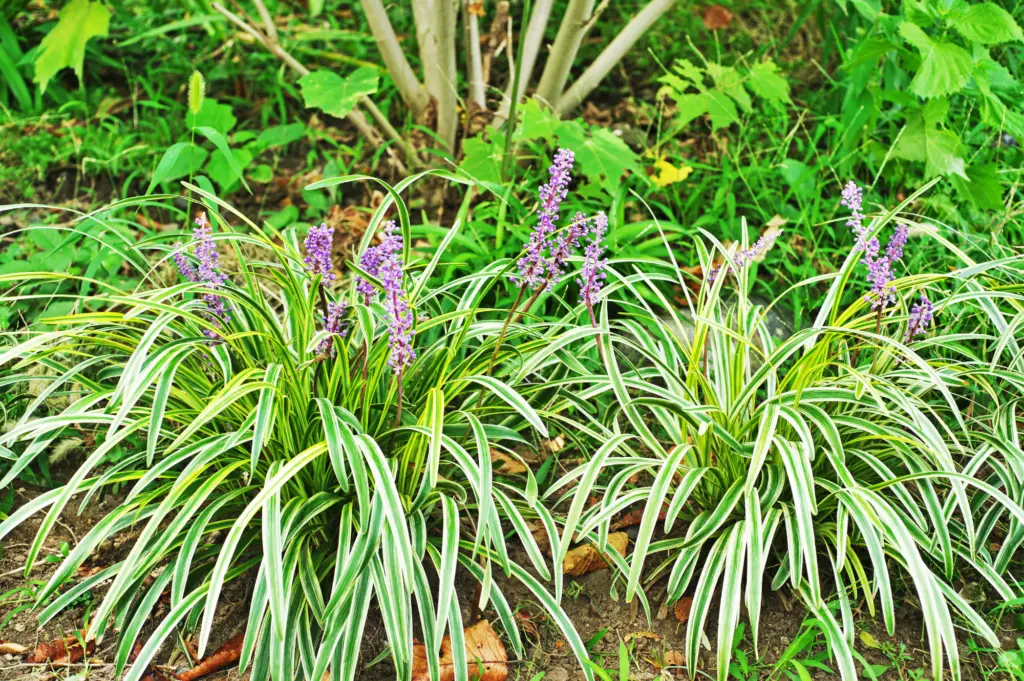
Benefits of Growing Liriope as an Indoor Plant
Air Purification: One of the most significant benefits of growing liriope as an indoor plant is its ability to purify the air. Liriope can absorb harmful pollutants, such as formaldehyde, benzene, and trichloroethylene, from the air, making it an excellent choice for improving indoor air quality.
Low Maintenance: Liriope is a low-maintenance plant that requires very little care. It can survive in a variety of light conditions and can tolerate periods of drought, making it an ideal choice for those who do not have the time or energy to care for high-maintenance plants.
Pest Resistance: Liriope is resistant to most pests and diseases, making it an excellent choice for those who want to avoid using harmful pesticides and fungicides in their homes.
Aesthetically Pleasing: Liriope has long, narrow leaves that come in shades of green, variegated green and white, or variegated green and yellow. It produces small, purple or white flowers in the summer that add a touch of colour to any room.
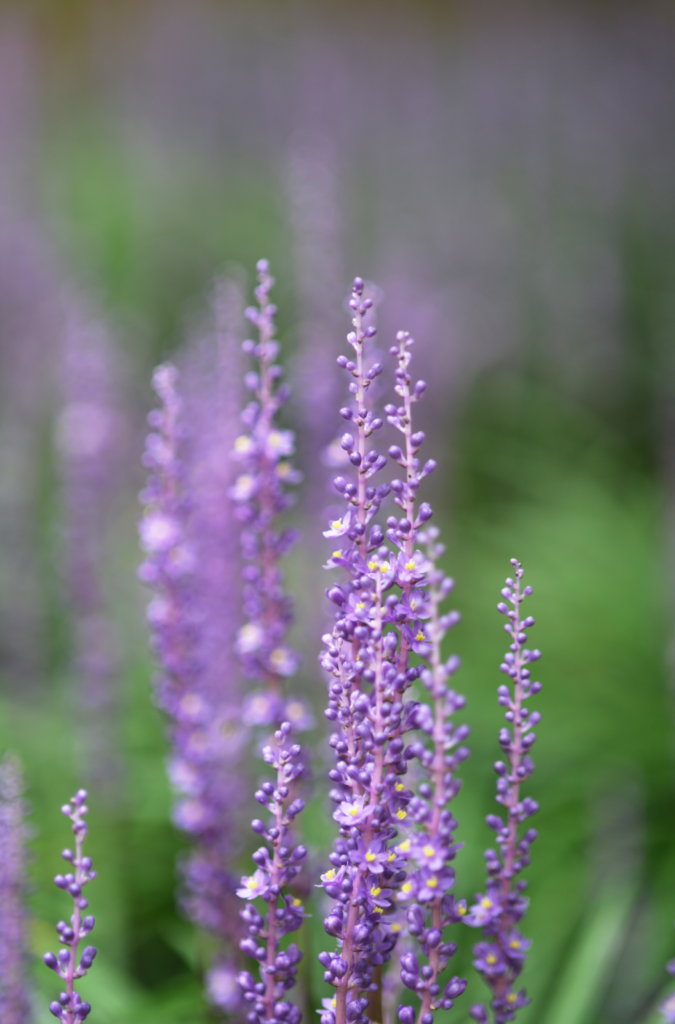

How to Care for Liriope as an Indoor Plant
- Light: Liriope can tolerate a range of light conditions, from bright, indirect light to low light. However, it prefers bright, indirect light, so placing it near a window that receives filtered sunlight is ideal.
- Water: Liriope prefers moist but well-drained soil. Water it thoroughly once a week, allowing the soil to dry out slightly between waterings. Be sure not to overwater, as this can lead to root rot.
- Fertiliser: Liriope does not require frequent fertilisation. Fertilise it once every six months with a slow-release, balanced fertiliser.
- Pruning: Liriope does not require frequent pruning, but you can trim back any dead or damaged leaves to maintain its appearance.
- Repotting: Liriope should be repotted every two to three years to prevent it from becoming root-bound. Choose a pot that is one size larger than the current pot and use a well-draining potting mix.
Styling Liriope in Your Home
Liriope plants are quite versatile and there are multiple ways to add a touch of greenery to any room. Here are some tips on how to style liriope in your home:
- Hanging Plant: Liriope can be grown as a hanging plant by placing it in a basket or a pot with a hanger. This is an excellent option for those who want to add some greenery to a small space or a room with limited floor space.
- Tabletop Plant: Liriope can be grown as a tabletop plant by placing it in a small pot, tabletop or desk. This is an excellent option for those who want to add some greenery to their workspace.
- Grouping: Liriope can be grouped with other plants to create a mini indoor garden. You can use plants of different heights and textures to create a visually interesting display.
- Statement Plant: Liriope can be used as a statement plant by placing it in a large pot and using it as a focal point in a room. This is an excellent option for those who want to make a bold statement with their indoor plants.
- Terrarium: Liriope can be grown in a terrarium to create a miniature ecosystem. You can use a clear glass container and add some decorative elements such as rocks, pebbles, or moss to create a beautiful display.
- Wall Decor: Liriope can be grown on a vertical garden to create a stunning display. This is an excellent option for those who want to add some greenery to a room without taking up valuable floor space.
- Bookshelf Plant: Liriope can be grown on a bookshelf to add some greenery to your reading nook. You can use a small pot and place it on a bookshelf or stack some books to create a makeshift plant stand.
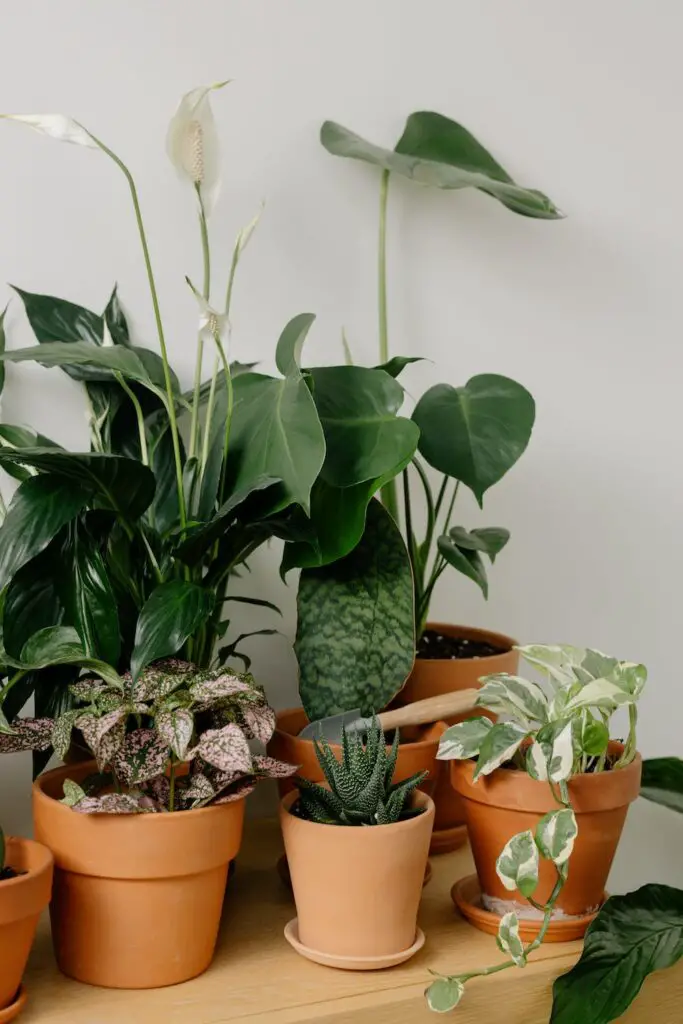
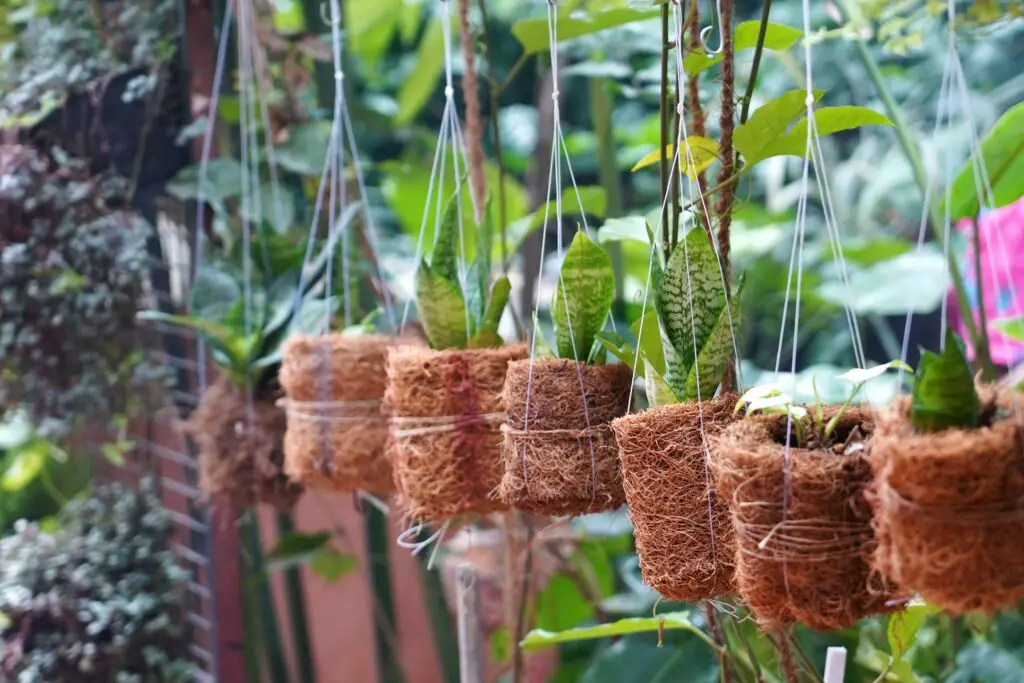
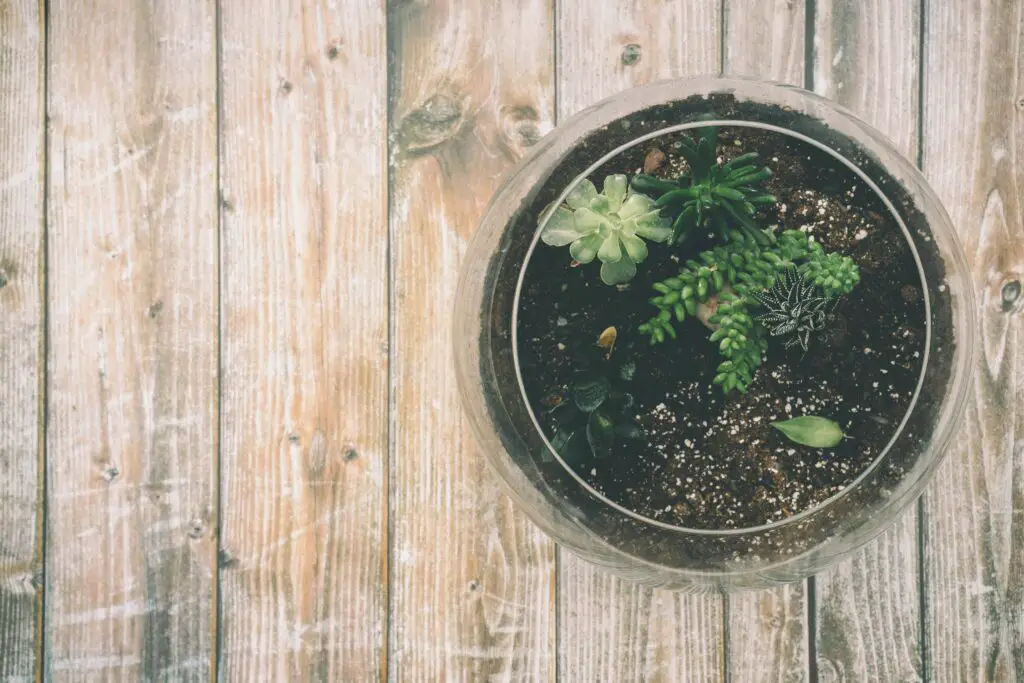
Overall, there are many ways to style liriope in your home. Also experiment with different placements and displays to create a beautiful indoor garden that suits your style and personality.
Pest management for Liriope
Like most plants, Liriope can be susceptible to pest infestations. Some common pests that may affect liriope plants include spider mites, aphids, and scale insects. Monitoring your plant regularly and taking action as soon as you notice any signs of infestation. Also use natural remedies such as neem oil or insecticidal soap to control pests. Seek advice from a professional if the infestation is severe. Keep your plants healthy by providing them with the appropriate amount of water, light, and nutrients, as healthy plants are less likely to attract pests.
Conclusion
Liriope plants are a wonderful choice for indoor gardening due to their unique characteristics and ease of care. With their grass-like foliage and delicate flowers, Liriope plants can add a touch of natural beauty to any indoor space. These plants are highly versatile, however, as with any plant, it is essential to keep an eye out for pests. Also maintain healthy growing conditions to ensure the longevity of your Liriope plant. Overall, Liriope plants are a fantastic option for those looking to add some greenery and natural beauty to their homes.
